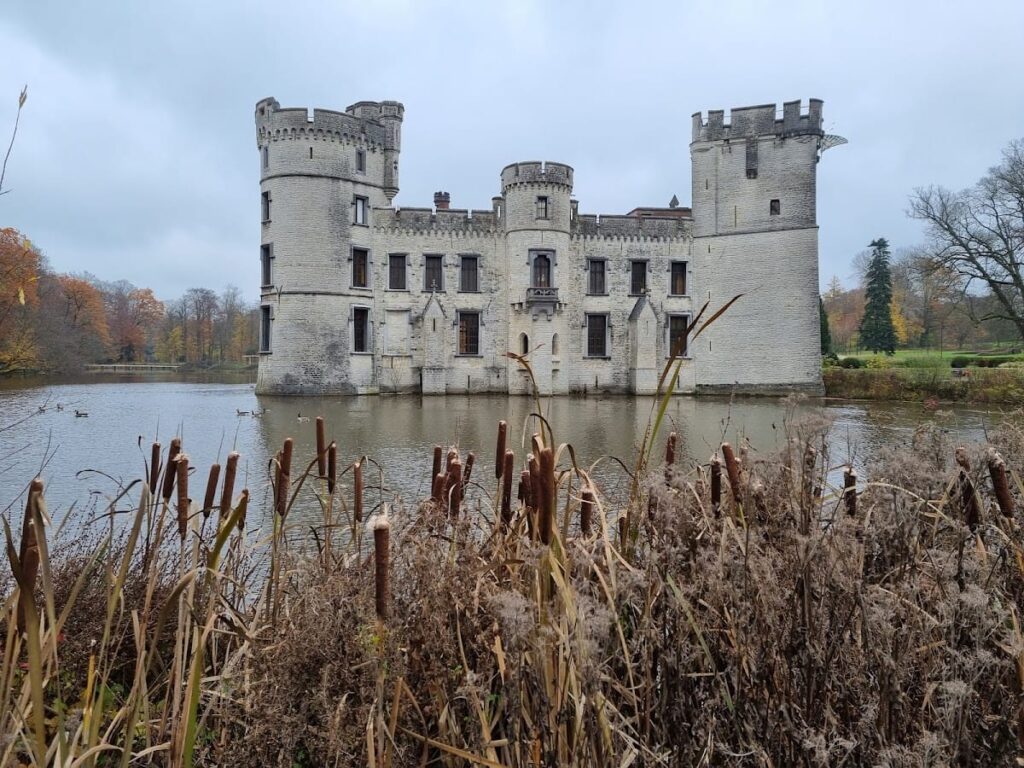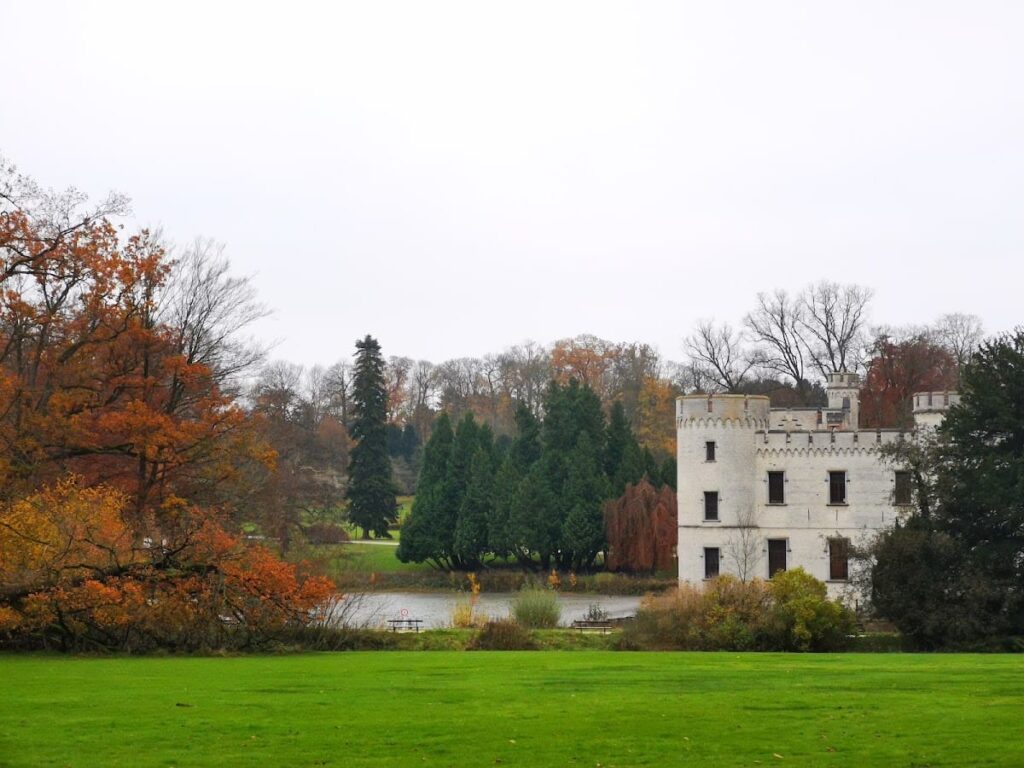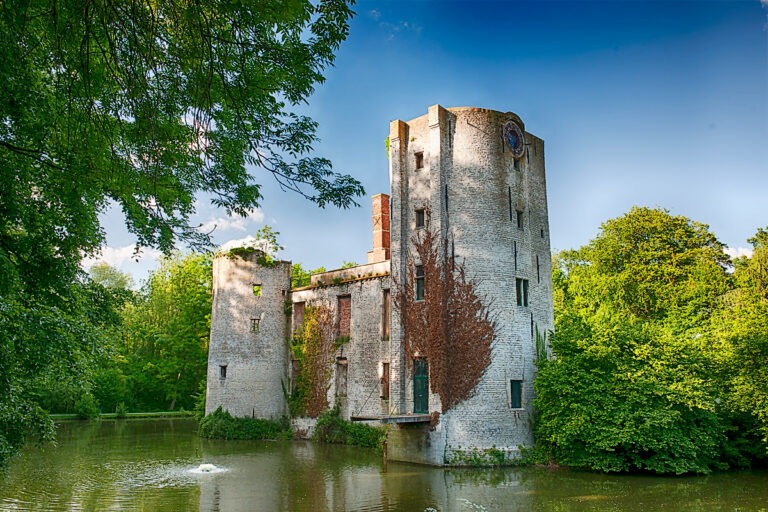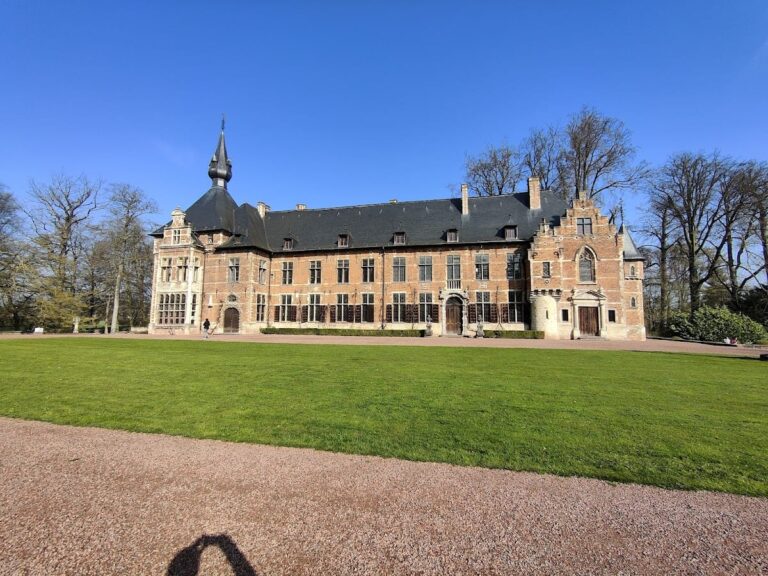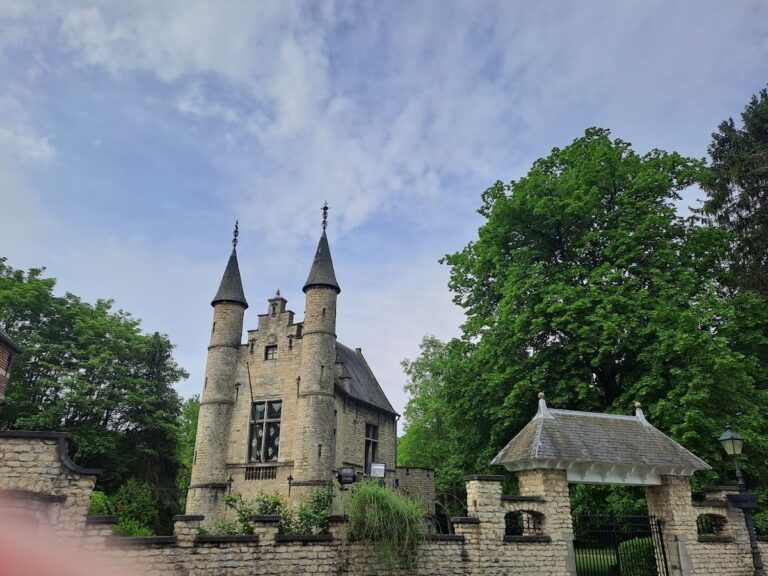Bouchout Castle: A Historic Fortress and Residence in Meise, Belgium
Visitor Information
Google Rating: 4.4
Popularity: Low
Google Maps: View on Google Maps
Official Website: www.plantentuinmeise.be
Country: Belgium
Civilization: Medieval European
Remains: Military
History
Bouchout Castle stands in Meise, Flemish Brabant, Belgium, on land that was part of the young Duchy of Brabant in the 12th century. This location was strategically important, lying between the County of Flanders and the territory of the Berthout family, lords of Grimbergen. The first fortification likely dates to the late 12th century, built by Wouter van Craaynem after Duke Godfrey III of Brabant granted him the domain. This initial castle was established near the Berthout stronghold following the Grimbergen Wars (1150–1170).
Around 1300, Daniel van Bouchout, grandson of the original builder, constructed the Donjon tower, the oldest surviving part of the castle. Daniel was a knight who fought at the Battle of Worringen in 1288 and later served as an advisor to Duke Jan I of Brabant. The castle remained in the hands of the Van Craaynem and Bouchout families for several generations.
From 1476 to 1537, the Van der Marck family owned the castle, followed by the Transylvan family until 1590. During this period, the castle fell into neglect, worsened by the harsh Spanish rule and the iconoclastic fury of 1566, which led to widespread destruction of religious images and property in the region.
At the start of the 17th century, Christoffel d’Assonville undertook restoration efforts. He simplified the castle’s defensive water system by replacing five canals with a single surrounding pond, while preserving the original rectangular medieval layout. This restoration marked a shift from purely military use to a more residential and aesthetic function.
In 1673, Peter-Ferdinand Roose acquired the castle and transformed it into a Renaissance-style château. He added French ornamental gardens and updated the building’s appearance to reflect contemporary tastes. Roose died in 1700 without heirs, leaving the castle’s future uncertain.
The French Revolution brought significant damage between 1797 and 1830. Soldiers looted the castle, dismantled the wooden drawbridge, and partially filled in the pond. These actions reduced the castle’s defensive features and contributed to its decline.
In 1832, Count Amadeus de Beauffort restored Bouchout Castle in the neo-Gothic style, guided by architect Tilman François Suys. The renovation added Gothic battlements, neo-Gothic windows, and removed the southern wing to create a more open structure. These changes emphasized the medieval character of the castle while adapting it for modern use.
From 1879 to 1927, Empress Charlotte of Mexico, widow of Emperor Maximilian I, lived in seclusion at Bouchout Castle. After her husband’s execution in 1867, she spent her later years in this quiet residence.
Following Charlotte’s death, the Belgian State acquired the estate. Since 1938, the grounds have been developed into the National Botanic Garden of Belgium, also known as Meise Botanic Garden. During World War II, the castle suffered damage from flying bombs and was occupied by German soldiers who constructed bunkers on the property.
A major restoration between 1987 and 1989 repaired wartime damage. Since then, the castle has served as a venue for meetings, lectures, and exhibitions within the botanic garden.
Remains
Bouchout Castle retains a rectangular medieval layout originally surrounded by five canals, later replaced by a single large pond. The castle stood on land 32 meters above sea level and was accessible by a long wooden drawbridge about 10 meters in length. Defensive towers occupied each corner of the rectangle, including the prominent Donjon tower.
The Donjon, built around 1300 by Daniel van Bouchout, is the oldest surviving structure. It rises approximately 20 meters tall with walls about one meter thick. The tower has two levels featuring narrow vertical openings called loopholes, designed for archers to defend the castle. Its upper platform includes battlements with merlons, the solid upright sections between crenels, providing cover for defenders. The courtyard side of the Donjon displays the Bouchout family coat of arms, a red cross.
The first-floor windows of the Donjon were replaced with neo-Gothic designs during the 1832 restoration, while the second-floor windows retain their original medieval right-angled form. The castle’s southern wing was demolished in the same renovation to open the structure and add Gothic battlements and large windows, enhancing its medieval appearance.
Inside, the first-floor Salle d’armes, or Armoury Gallery, once contained neo-Gothic decorations, including old paintings, suits of armor, and a cannon. This space was later converted into a 165-square-meter conference room after adjacent rooms were removed. Renaissance features remain visible in the castle, such as a fireplace in the dining room and decorated ceilings in the Empress Room and White Room.
The castle sits centrally within the 92-hectare Meise Botanic Garden. Nearby are the Garden Shop and Tenant Farm to the south, and a large greenhouse complex to the southeast that recreates various climate zones. The surrounding grounds include oak fields, beehouses, wild roses, maple trees, and a former Orangery east of the castle, now used for relaxation and dining.
Despite damage during World War II, including broken windows and military occupation, the castle has been restored and preserved. Its combination of medieval, Renaissance, and neo-Gothic elements reflects its long history and changing functions over the centuries.
